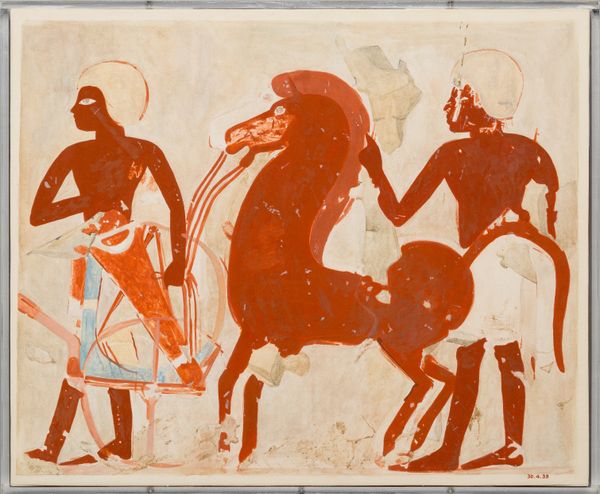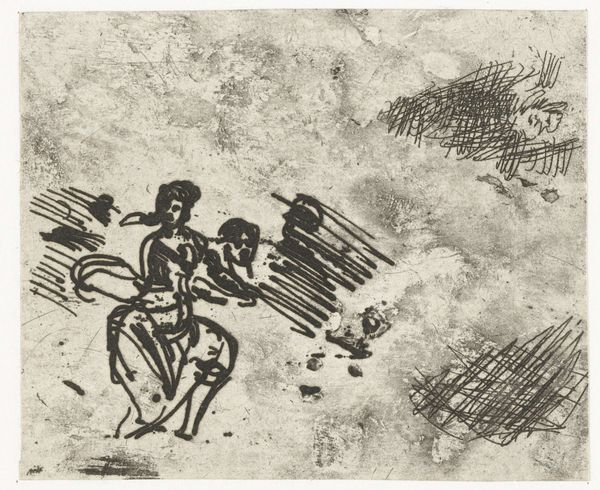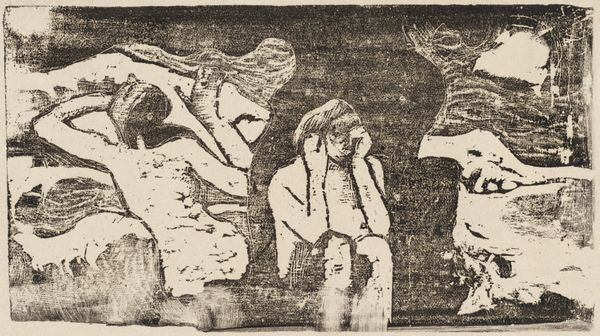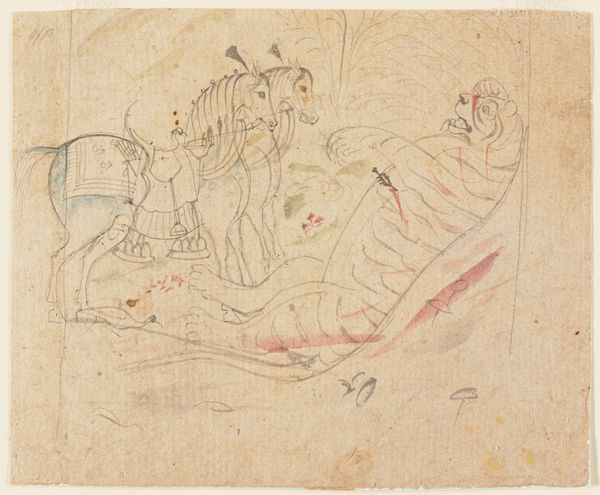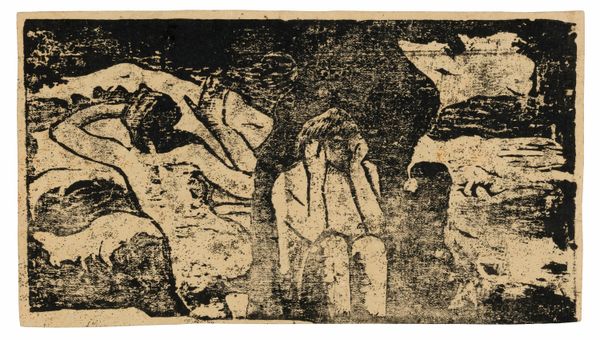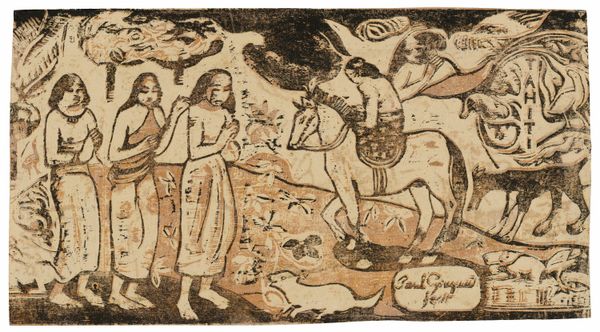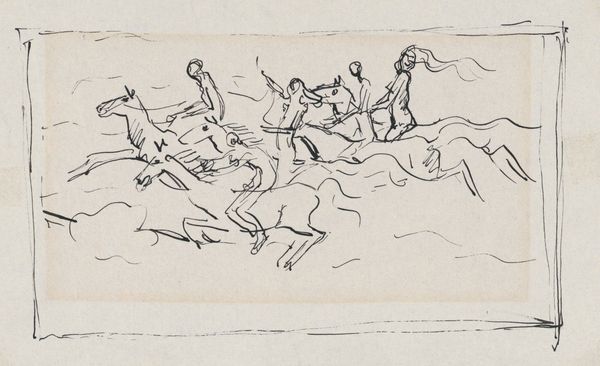
Monuments of Greece: After Parthenon Frieze (North Side) n.d.
0:00
0:00
drawing, print, paper, ink, pen
#
drawing
# print
#
greek-and-roman-art
#
landscape
#
figuration
#
paper
#
ink
#
ancient-mediterranean
#
line
#
pen
#
history-painting
Dimensions: 174 × 263 mm
Copyright: Public Domain
William Young Ottley made this pen and ink drawing 'Monuments of Greece: After Parthenon Frieze (North Side)' in the late 18th or early 19th century. Ottley's drawing depicts a section of the Parthenon frieze, a continuous sculpted band that once adorned the upper part of the Parthenon in Athens, Greece. It's important to consider the context in which Ottley created this work. During this period, there was a surge of interest in classical antiquity across Europe, particularly in Britain. The Parthenon, as a symbol of ancient Greek civilization, held immense cultural and historical significance. Ottley's drawing reflects this fascination with the classical world. This drawing can be viewed as part of a larger cultural movement which saw European artists and scholars studying, documenting, and collecting artifacts from ancient civilizations. Such endeavors involved institutional support from academies, museums, and wealthy patrons. By examining the drawing in relation to the social and intellectual currents of its time, we gain a deeper understanding of its meaning and significance. Analyzing Ottley's work through historical archives and scholarly publications sheds light on the role of institutions in shaping artistic production and cultural values.
Comments
No comments
Be the first to comment and join the conversation on the ultimate creative platform.
